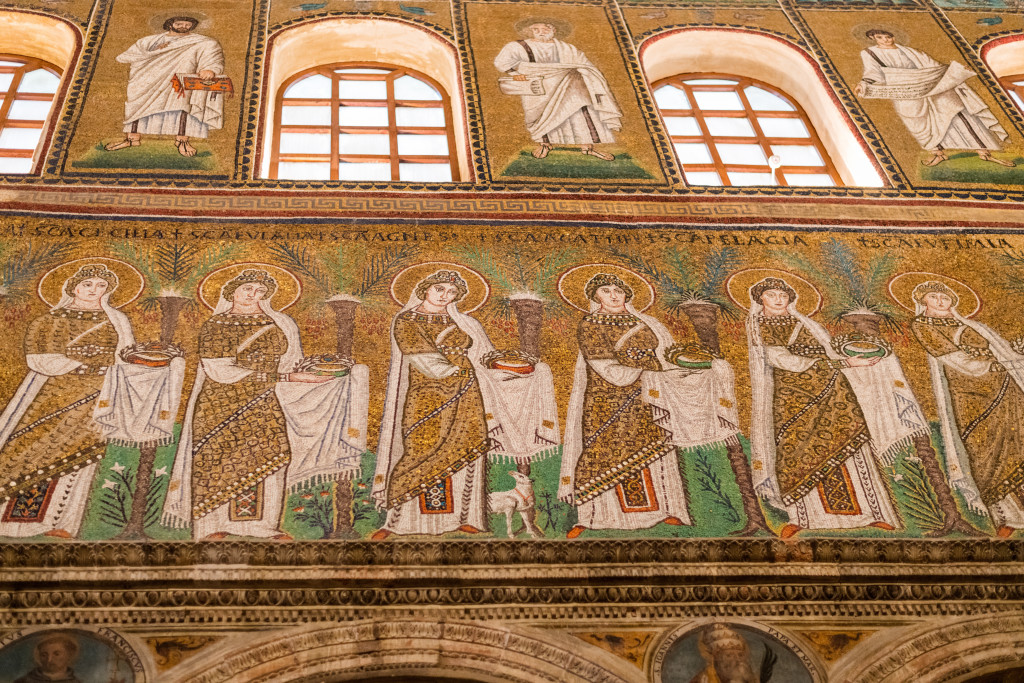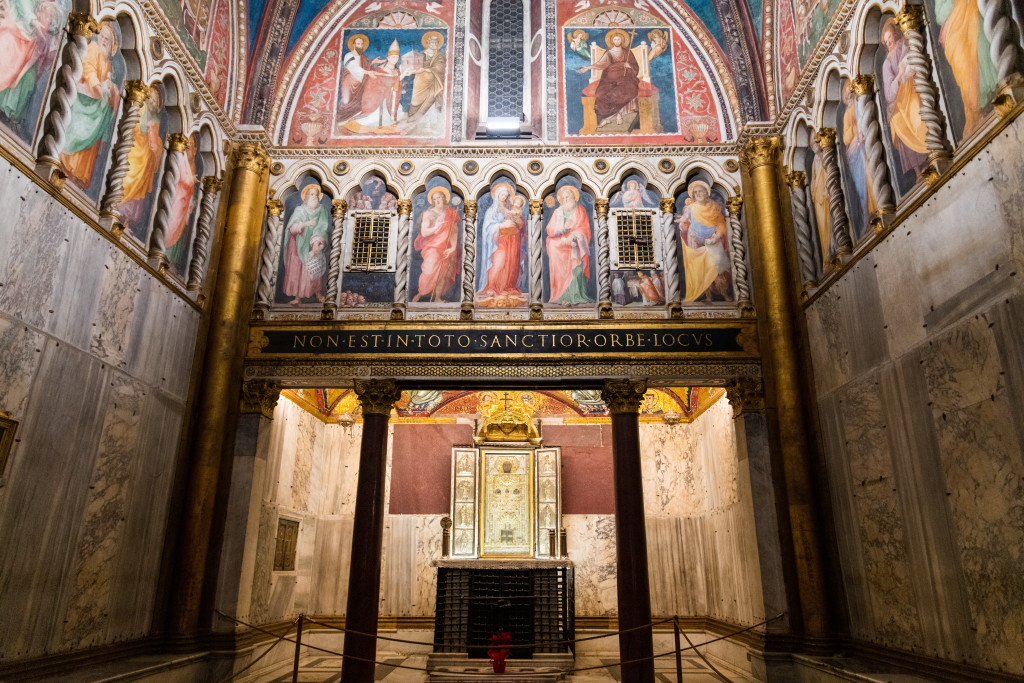Agnes of Rome
Virgin Martyr of the 3rd Century
Agnes was a virgin martyr of the late 3rd century, and she is venerated by Catholic, Orthodox, Anglican, and Lutheran churches who celebrate her annually on January 21. Christian church fathers mentioned St. Agnes in their writings, thus preserving evidence of her existence and following. Jerome upheld Agnes as an example of chastity in Letter 130 from 414. Ambrose of Milan extolled the virtue of Fortitude as seen in the martyrs, including Agnes of Rome, in his De Officiis, in late 380s. In the early 5th century, Augustine of Hippo mentioned Agnes in two sermons (286 and 273), emphasizing that martyrs are to be honored not worshipped.


Biography – The published story of Agnes from the 6th century, The Martyrdom of Agnes, weaves together both written and oral traditions, telling the story of noble-born Agnes, how she chose chastity and as punishment is sent to a brothel and later martyred. Agnes was 12 years old when the young son of the Roman prefect fell in love with her and pursued her with proposals of marriage. She declined, stating that she was already betrothed to an incomparably winsome Lover. When the young man’s father discovered that Agnes was a Christian and her suitor was Christ himself, he summoned her to his tribunal. She was given the choice of becoming a Vestal Virgin or being sent to live in a brothel. Agnes declared her loyalty to Christ and was sent to the brothel. There an angel protected her from all danger. Agnes was then sent to be burned alive, but again she was miraculously preserved from the fire. Finally, Agnes was killed by the sword of the executioner.
After her parents buried her on their estate on the Via Nomentana, a mob of pagans showed up at the burial place and killed Agnes’s foster-sister named Emerentiana, who was then buried near Agnes. The parents experienced a supernatural vision of Agnes in procession with other gold-clad virgin martyrs. Upon learning of the miracles surrounding Agnes’s martyrdom, Constantina (or Constantia), the daughter of Emperor Constantine, came to the burial place to pray for healing of her leprosy. When she was miraculously healed, she asked her father to build a basilica at the burial site. By the mid-4th century, the basilica was constructed by Constantina. She also had built for herself a circular mausoleum (St. Constanza) which still stands today in the same place, near the 7th century basilica of St. Agnes. Constantina was interred in the mausoleum after her death in 354.
When viewing the art depicting Agnes, the typical symbol is a lamb, which is a play on the meaning of her name in Latin. She is usually portrayed with long hair symbolizing her innocence or virginity, a palm branch (martyrdom), and a sword (means of death).
Resources:
- The Cult of Saints in Late Antiquity database. http://csla.history.ox.ac.uk/
- Lapidge, Michael. The Roman Martyrs: Introduction, Translations, and Commentary. Oxford, United Kingdom: Oxford University Press, 2018.
